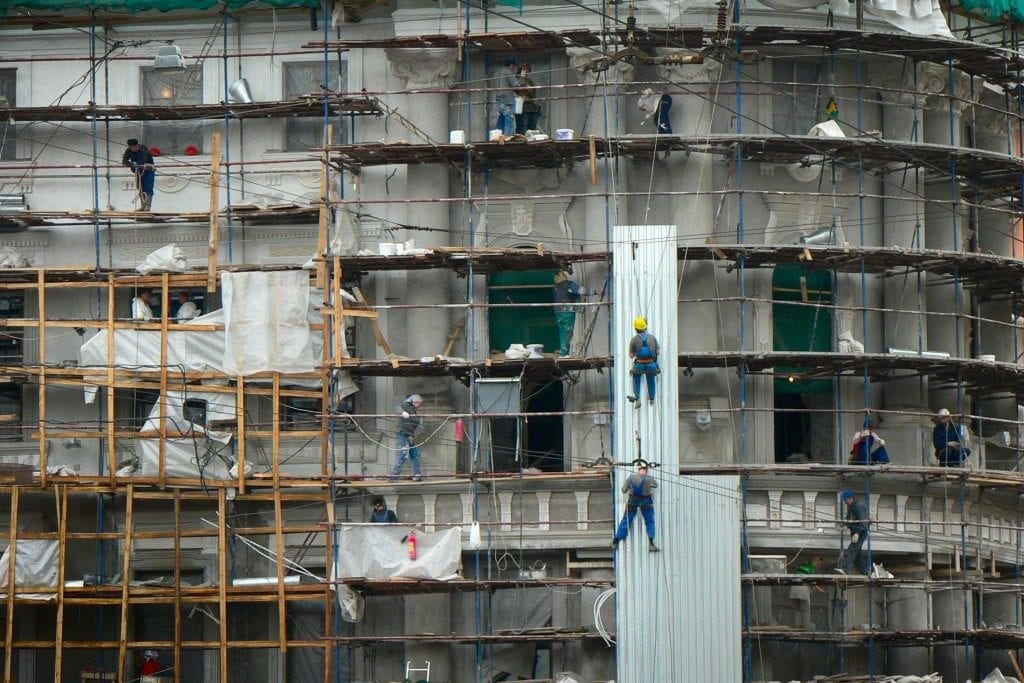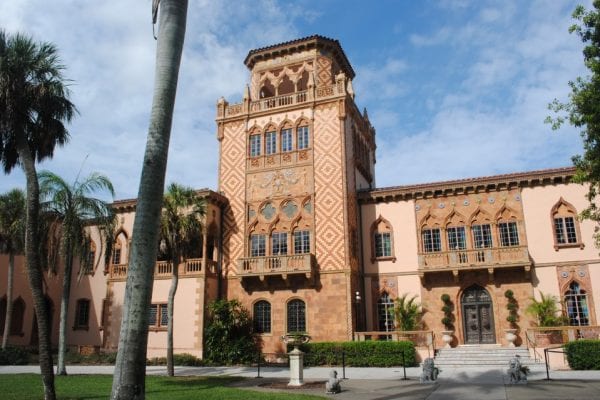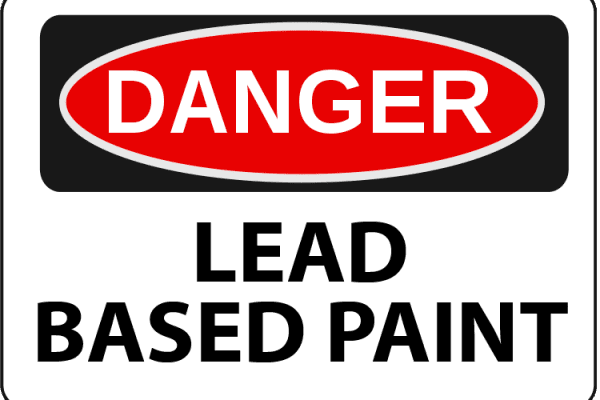Commercial property renovation varies widely in price, depending on many factors, some of which can be reduced or even eliminated with proper planning, preparation, and management. You can keep your costs down by avoiding these nine expensive renovation mistakes.
1. Waiting Too Long
In an effort to save money, many owners wait until they have no other choice before renovating. This usually ends up costing more than a proactive approach does. For example, it’s cheaper to repaint building finishes than to replace them, and that means renovating before building materials degrade beyond repair.
2. Improperly Assessing the Current Property Condition
Minimize change orders by performing a detailed inspection of the building, including a site visit to view actual site conditions, in addition to reviewing as-built drawings.
As opposed to shop drawings or the original construction drawings, which show how the building was planned, as-built drawings provide a clear view of how the building was actually constructed, and therefore, what your architecture and engineering teams will actually find behind the walls before renovation activities begin. The site visit allows your team to view actual site conditions and make note of any differences from the drawings.
3. Not Inspecting for Hazardous Materials
Some older buildings contain hazardous materials such as asbestos, lead, mercury, or industrial chemicals. These materials are regulated by the EPA as well as state and local ordinances, and a hazardous material survey may be required to identify and dispose of them safely, legally and professionally (and to avoid hefty fines for non-compliance). By completing this early in the pre-design stage, you can make more accurate estimates, factoring in remediation costs, and plan solutions that minimize those costs.
4. Budgeting Too Tightly
No matter how well you plan, surprises are inevitable during construction, so plan for them! Add in an allowance of 5-10% of the total project cost for contingencies (or higher for complex projects or old buildings in disrepair). By expecting the unexpected, your project is more likely to stay on budget.
5. Gathering Incomplete Project Requirements
To obtain an accurate cost estimate, it is critical to clearly plan and communicate all project needs. If you are changing the spatial layout of the property, think through all potential uses of the space. When consulting with an architect, expect them to ask detailed questions regarding space usage, technology usage, occupant interaction, expected growth, current usage challenges, and more.
6. Choosing the Wrong Materials
Attempting to minimize renovation costs by choosing cheap materials can backfire when it’s done without factoring in the long-term maintenance and repair cost. For example, materials for high-traffic areas such as hallways are best chosen based on durability. Choosing cheaper materials may seem like a good idea initially, but they will quickly wear out and need more maintenance and repair, costing more over time.
However, that does not mean a more expensive material is always the way to go. For example, inexpensive materials are typically good in storage areas, and it would be a waste of money to use pricier materials. Consider how the space will be used over time and what demands will be placed upon the materials when deciding how much to spend.
7. Overlooking Building Systems Lifecycles
Your building systems, such as heating and air conditioning, plumbing, and electrical, all have natural life cycles, known as their Expected Useful Life (EUL). You can save considerably over the long-term by replacing systems that are nearing the end of their EUL during planned renovations. This allows you to do the replacement while walls are already down, rather than having to tear recently renovated areas down a second time.
8. Neglecting Building Codes and Other Laws
Building codes and relevant laws are complex and change frequently, and they can raise your cost significantly. From energy and environmental laws, to accessibility codes, to historical district ordinances, these regulations require additional due diligence, and will vary based on location, type of renovation, building age, and other factors. Plan early to avoid changes during construction or, worse, after construction (with added non-compliance fines).
9. Hiring the Wrong Renovation Partners
Ultimately, your renovation is only as good as the partners who help make it happen. A cross-disciplinary team with significant experience, deep industry expertise, and leading-edge knowledge of current construction market costs can minimize surprises, reduce operational downtime, and provide an accurate estimate of your renovation cost.
You can speak with a renovation expert today to discuss your specific needs and how to minimize your renovation mistakes, or read more about estimating renovation costs here.






